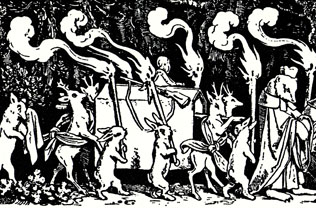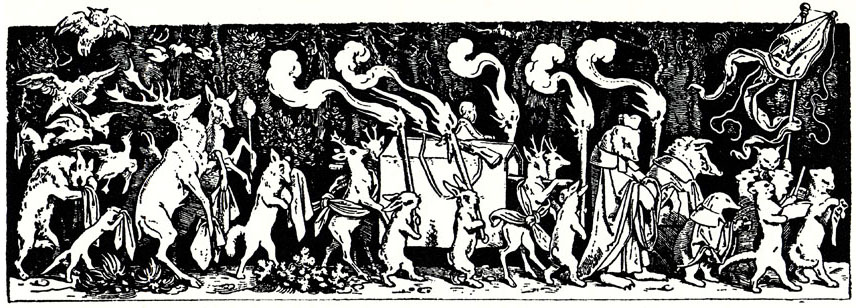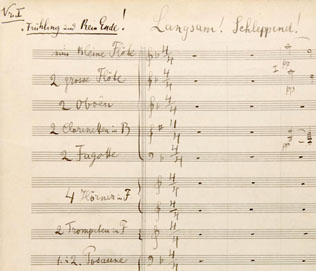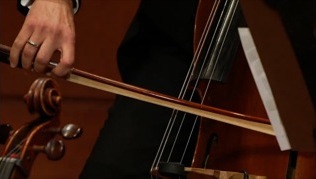 Play
Play
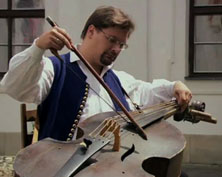
-
Mahler introduces the funeral march of the third movement with a bass solo whose sound evokes a more primitive folk instrument, the bass fiddle. The town of Iglau was renowned for the famous fiddles made there. Moreover, Mahler would have witnessed an interesting local custom at the end of Fastnacht (Fasching), the dances and parties that precede Lent. At the stroke of midnight, the bass fiddle was dressed up in old women’s clothes, and buried, to the sound of a funeral march.
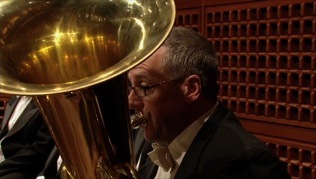 Play
Play
This movement was inspired by E.T.A. Hoffmann’s Fantasy Pieces in the Manner of Callot, a collection of supernatural stories that was also to influence Carl Jung’s theory of the “collective unconscious.” It was also partly inspired by a famous engraving, “The Huntsman’s Funeral,” that depicts a procession of forest animals bearing the dead body of their enemy, the hunter.
